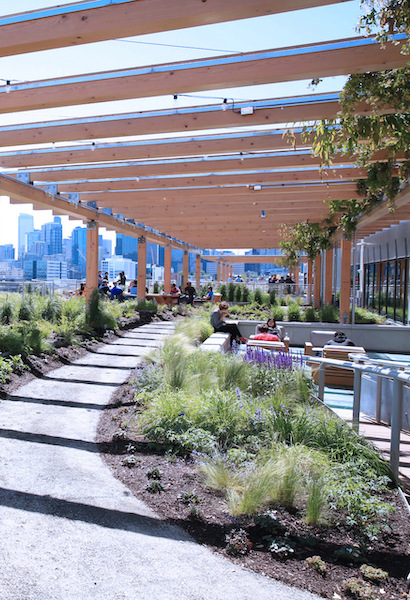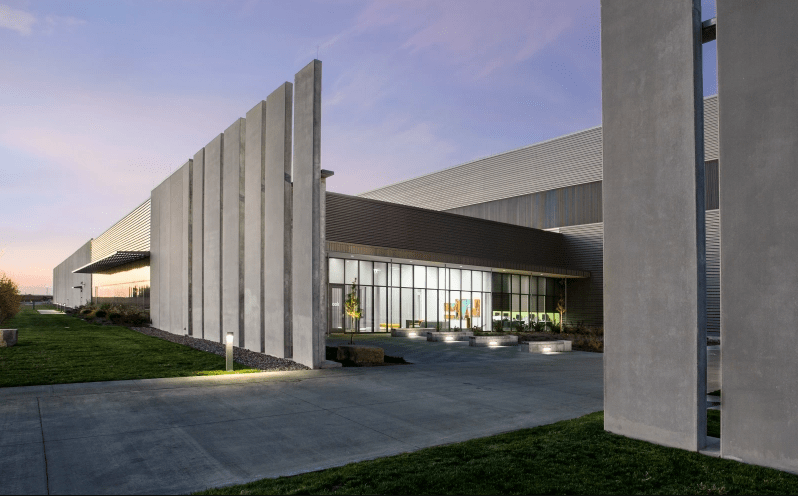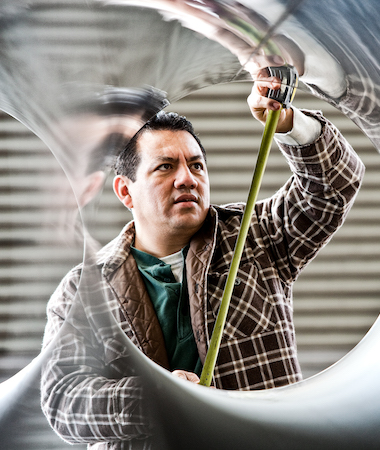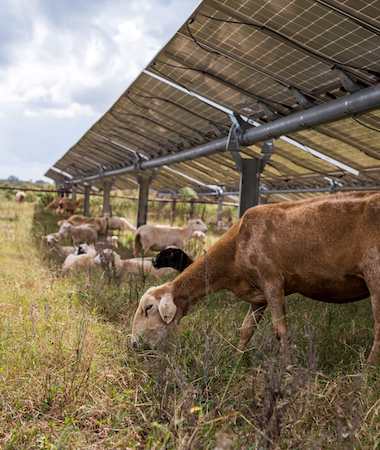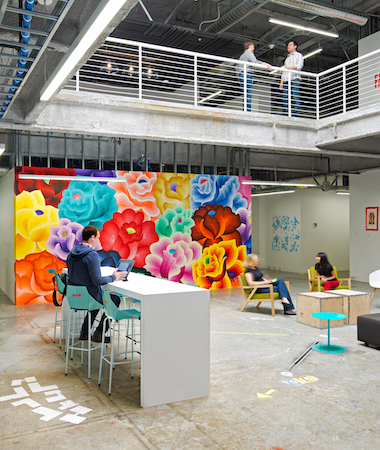
Driving sustainable change
We believe sustainability is about more than operating responsibly. It is an opportunity to support the communities we are a part of and have a positive impact on the world.
20
23
Sustainability Report Scroll Down
Our sustainability strategy is anchored by three components
How we operate
We’re committed to protecting what’s truly important: the wellbeing of people and our planet.
What we create
We push the boundaries of what’s possible, creating solutions where none existed and building products that enable change.
How we collaborate
We tackle the important issues by creating new partnerships and joining established initiatives.
– Mark Zuckerberg, Founder, Chairman and Chief Executive Officer“The possibilities our technology will unlock for people only matter if we have a safe and thriving planet.”
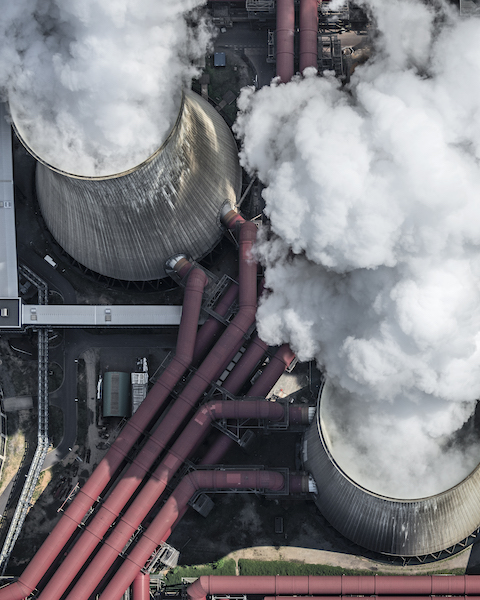
Reducing our emissions
We have set a science-aligned emissions reduction target in line with what is necessary to transition to a zero-carbon future and roadmapped our strategy to reach net zero emissions across our value chain in 2030. Our approach includes prioritizing efficiency and circularity in our business decisions, embracing low-carbon technology to operate with a lower emissions footprint, and enabling at least two-thirds of our suppliers to set science-aligned reduction targets by 2026.
Learn more about Our Path to Net Zero
Emissions

Becoming water positive
We are committed to becoming water positive in 2030, when we will restore more water to the environment than we consume for our global operations. To achieve this goal, Meta will restore 200% of the water we consume in high water stress areas, and 100% of the water we consume in medium water stress areas. In 2022, our water restoration projects returned 621 million gallons of water to high and medium water stressed regions.
Learn more about our water positive commitment
Water
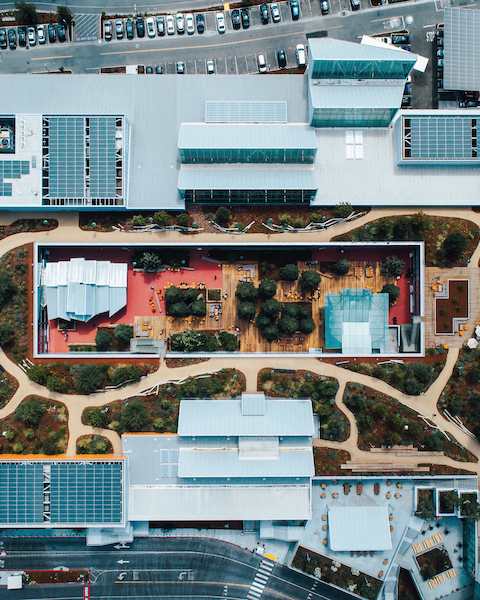
Supporting our operations with 100% renewable energy
Our portfolio of more than 10,000 MW of contracted renewable energy projects makes Meta one of the largest corporate buyers of renewable energy globally, and the corporation with the largest operating portfolio in the U.S., with more than 5,500 MW online.
Learn more about how we are enabling renewable energy
Energy
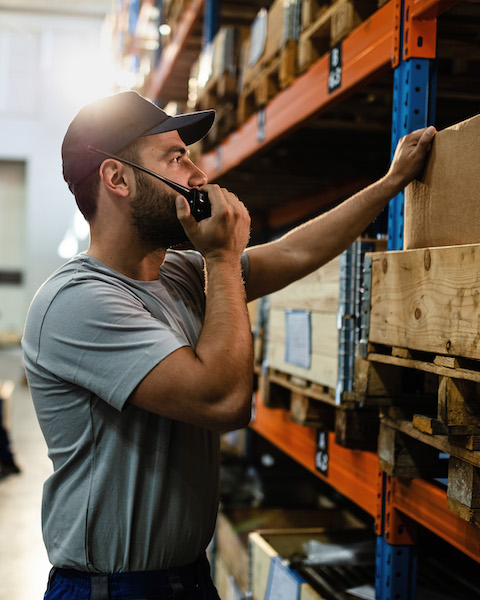
Operating a responsible supply chain
Meta is part of a complex value chain that touches lives and communities around the globe. Our Responsible Supply Chain (RSC) program strives to empower workers and protect the environment—through open and frequent communication with our suppliers, deep understanding of core sustainability issues and initiatives that support safe, healthy and fair working conditions.
Learn more about our supply chain
RSC

Sharing climate insights
In 2022, we completed our biggest ever global survey analyzing public views towards climate change in partnership with researchers at the Yale Program on Climate Change Communication. The survey asked more than 100,000 Facebook users from nearly 200 countries and territories about their knowledge of—and attitudes and behavior towards—climate change issues, and what should be done to address them.
Learn more about our climate survey
Climate
Setting the standard for data center sustainability
Meta's data centers are highly advanced and efficient, supported entirely by 100% renewable energy. They prioritize sustainable design, construction, and sourcing, while also promoting healthy workspaces for their employees and responsible treatment of land and communities.
100%
supported by renewable energy
621M
gallons per year of water returned to high and medium water stressed regions through our water restoration projects
100%
operational Data Center buildings are at a minimum LEED Gold Certified
